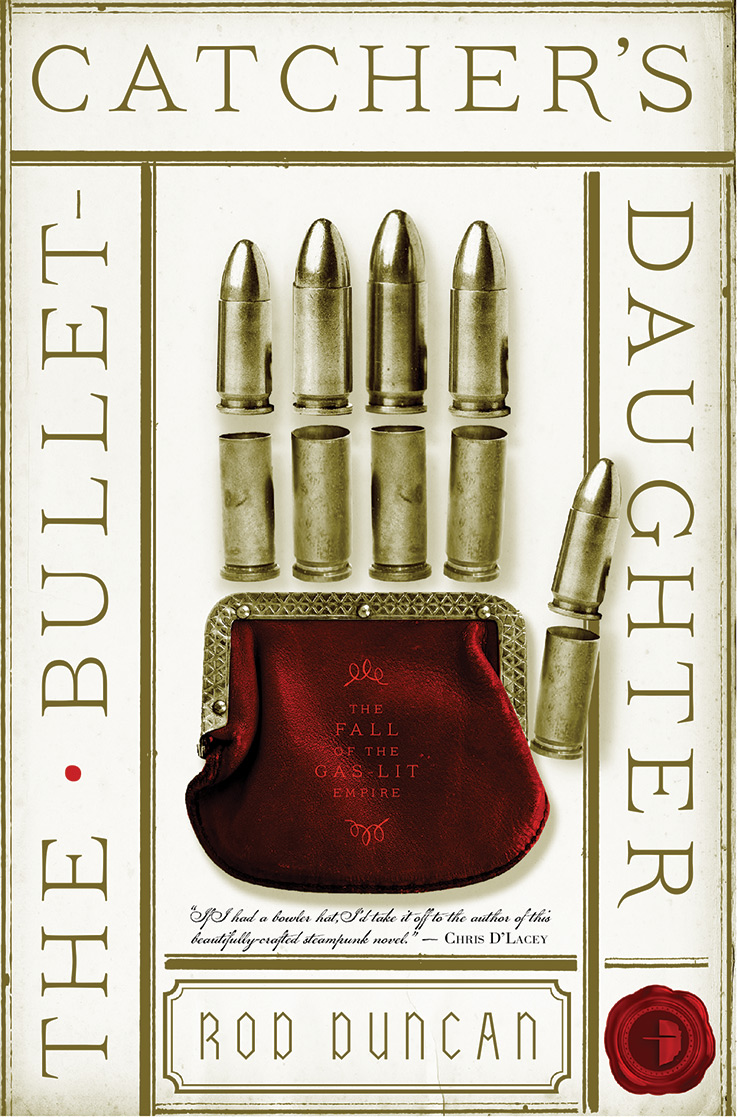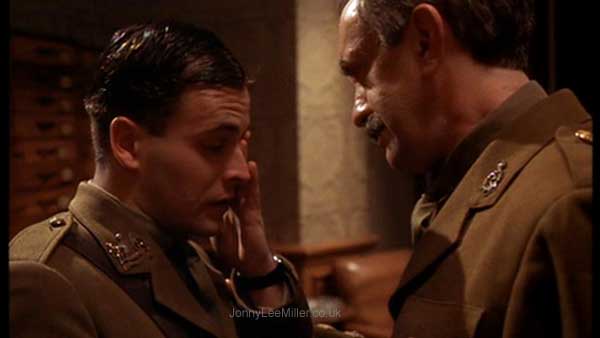 I
don't usually review publishers on this blog but why not? An
innovative bunch of bibliophiles like AngryRobot
are well worth celebrating and with their reader-centred, geeky
passion, they are quietly changing the landscape we all write and
publish in. Angry Robot is the brainchild of MarcGascoigne,
its MD, who on Thursday last regaled LeicesterWriters' Club
with tales of life on the inside of the machine. Formerly peddling
genre books to 'spotty
14 year old boys'
in Warhammer
shops,
his success in this niche led to the publisher giant HarperCollins
approaching Gascoigne in 2009 to 'come
do something innovative for us.'
It's to his credit he knew exactly what he wanted when that offer
came knocking. Angry Robot's mission was to break out of the mould of
'books
with spaceships or wizards on the cover',
as their mission statement says:
I
don't usually review publishers on this blog but why not? An
innovative bunch of bibliophiles like AngryRobot
are well worth celebrating and with their reader-centred, geeky
passion, they are quietly changing the landscape we all write and
publish in. Angry Robot is the brainchild of MarcGascoigne,
its MD, who on Thursday last regaled LeicesterWriters' Club
with tales of life on the inside of the machine. Formerly peddling
genre books to 'spotty
14 year old boys'
in Warhammer
shops,
his success in this niche led to the publisher giant HarperCollins
approaching Gascoigne in 2009 to 'come
do something innovative for us.'
It's to his credit he knew exactly what he wanted when that offer
came knocking. Angry Robot's mission was to break out of the mould of
'books
with spaceships or wizards on the cover',
as their mission statement says:
'To
the new generations of readers reared on Dr
Who
and Battlestar
Galactica,
graphic novels and Gears
of War 2,
old school can mean staid, stuck in a rut. “Crossover” is
increasingly the way forward and you’ll find plenty of it here …
if there’s an energy in a book that gets us jumping up and down,
we’re all over it.'
 So
far, so good for sci-fi/fantasy fans – but what about the rest of
us? Gascoigne's business plan also intended to shake up the
prevailing mode of publishing.
'Corporate monoliths',
move over – 'we're
hobbyists, fans, geeks, nerds'
– the people behind Angry Robots are
the readers as much as they are the producers and marketers. For
geeks, read 'people with a passion for sharing stories'. They
therefore proposed a 'menu of formats' that includes Physical
paperbacks, Limited run special editions in leather or hard-covers,
eBooks, Downloadable audio and
release of the text in all of these formats simultaneously. I lost
track of the plot twists he related around ownership and sell-ons
with the publishing giants but they still have 'partners' in Faber
and RandomHouse
and the mission is intact. An example of their reader-friendly
approach is their current offer of the Angry Robot Clonefiles
programme;
So
far, so good for sci-fi/fantasy fans – but what about the rest of
us? Gascoigne's business plan also intended to shake up the
prevailing mode of publishing.
'Corporate monoliths',
move over – 'we're
hobbyists, fans, geeks, nerds'
– the people behind Angry Robots are
the readers as much as they are the producers and marketers. For
geeks, read 'people with a passion for sharing stories'. They
therefore proposed a 'menu of formats' that includes Physical
paperbacks, Limited run special editions in leather or hard-covers,
eBooks, Downloadable audio and
release of the text in all of these formats simultaneously. I lost
track of the plot twists he related around ownership and sell-ons
with the publishing giants but they still have 'partners' in Faber
and RandomHouse
and the mission is intact. An example of their reader-friendly
approach is their current offer of the Angry Robot Clonefiles
programme;
'a
growing number of indie book shops in the UK and the US are able to
offer their customers both the paperback and eBook version ... for
just the price of the paperback. So you can buy the ebooks for
yourself and give the paperbacks to your friends and loved ones as
presents.'
.jpg) See?
They get that readers enjoy both the physicality of a well-produced
paper copy and the convenience of e-readers. And they know that part
of the pleasure of reading is sharing
stories.
This is especially true of the genre they deal with where typical
readers get through dozens of books and tweet and blog about them, in
between running up costumes for another steampunk convention or
trying out the last game. (These are the same fans who kept Dr.Who
going through the dark, wasteland years by writing their own fanzines
and novelised episodes.)
See?
They get that readers enjoy both the physicality of a well-produced
paper copy and the convenience of e-readers. And they know that part
of the pleasure of reading is sharing
stories.
This is especially true of the genre they deal with where typical
readers get through dozens of books and tweet and blog about them, in
between running up costumes for another steampunk convention or
trying out the last game. (These are the same fans who kept Dr.Who
going through the dark, wasteland years by writing their own fanzines
and novelised episodes.)  I have been especially impressed by Angry
Robots' canny approach to harnessing their readers' passion for
'finding
the good stuff'
and passing it on. On their website, they are recruiting a 'RobotArmy'
of reviewers and bloggers who can 'Take
the Robot's Shilling'
and download Advanced
Review Copies
in exchange for an 'honest review' on sites which have their own
established genre audience. (Loving the BattlestarCylon
references btw in the red-eyed robot logo.) Recently I watched on
Facebook as Rod Duncan's new Steampunk novel, TheBullet-Catcher's Daughter garnered
dozens of reviews, interviews and blog tours months before the
official launch. Gascoigne told us they only have 5 people working
for Angry Robot, yet they have hundreds or possibly thousands of
committed fans sifting and promoting 'the
good stuff'.
I have been especially impressed by Angry
Robots' canny approach to harnessing their readers' passion for
'finding
the good stuff'
and passing it on. On their website, they are recruiting a 'RobotArmy'
of reviewers and bloggers who can 'Take
the Robot's Shilling'
and download Advanced
Review Copies
in exchange for an 'honest review' on sites which have their own
established genre audience. (Loving the BattlestarCylon
references btw in the red-eyed robot logo.) Recently I watched on
Facebook as Rod Duncan's new Steampunk novel, TheBullet-Catcher's Daughter garnered
dozens of reviews, interviews and blog tours months before the
official launch. Gascoigne told us they only have 5 people working
for Angry Robot, yet they have hundreds or possibly thousands of
committed fans sifting and promoting 'the
good stuff'..jpg) So
the occasion for this fascinating industry speaker was a book launch
of TheBullet-Catcher's Daughter, a
new title by Angry Robot. The event was hosted by Leicester Writers'
Club and the author was our own Rod Duncan, a long-standing member,
previous crime-novelist and well-respected writing tutor. It drew the
crowds who rose to the invitation for Steam-punk fancy dress with a
gusto that would have endeared the boys from the BigBang Theory.
Marc, who delivered an entertaining history of the new genre
('Steampunk
is what happens when Goths discovered brown')
turned up in the uniform of a Nerd. The rest of us sported hat-pins,
airship goggles and scarlet brocade corsets. As ever, I'm grateful to
Ambrose Musiyiwa for his photographs which captured the fun and the
readers' rapture at Duncan's taster chapter. We snapped up copies,
snaffled cake and not a one of us won't have learnt something about
how to keep our readers close in the game of 'pass
it on.'
So
the occasion for this fascinating industry speaker was a book launch
of TheBullet-Catcher's Daughter, a
new title by Angry Robot. The event was hosted by Leicester Writers'
Club and the author was our own Rod Duncan, a long-standing member,
previous crime-novelist and well-respected writing tutor. It drew the
crowds who rose to the invitation for Steam-punk fancy dress with a
gusto that would have endeared the boys from the BigBang Theory.
Marc, who delivered an entertaining history of the new genre
('Steampunk
is what happens when Goths discovered brown')
turned up in the uniform of a Nerd. The rest of us sported hat-pins,
airship goggles and scarlet brocade corsets. As ever, I'm grateful to
Ambrose Musiyiwa for his photographs which captured the fun and the
readers' rapture at Duncan's taster chapter. We snapped up copies,
snaffled cake and not a one of us won't have learnt something about
how to keep our readers close in the game of 'pass
it on.'





